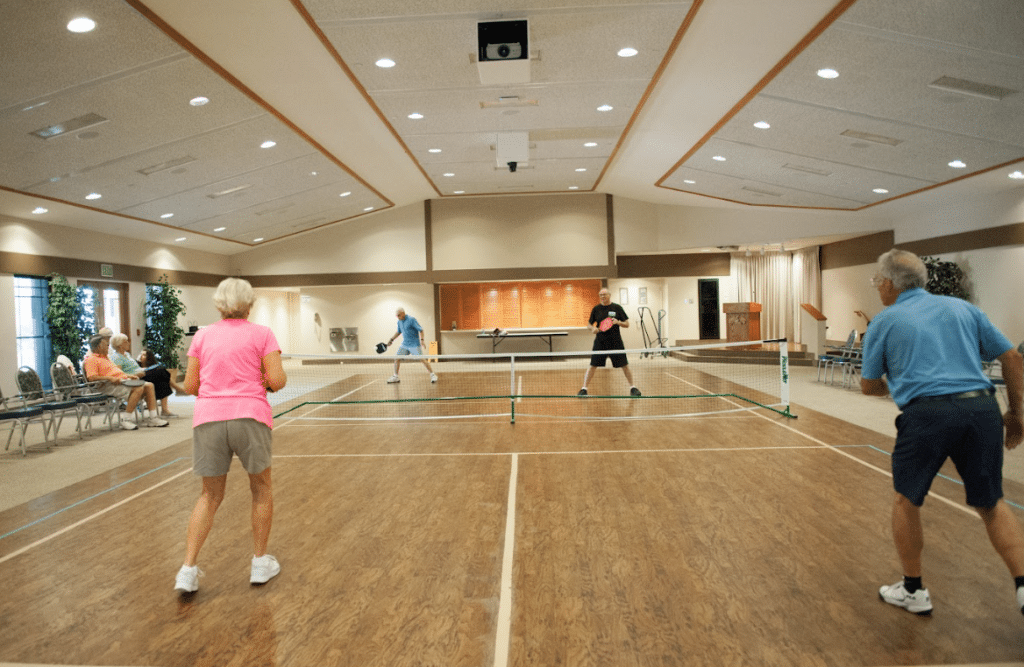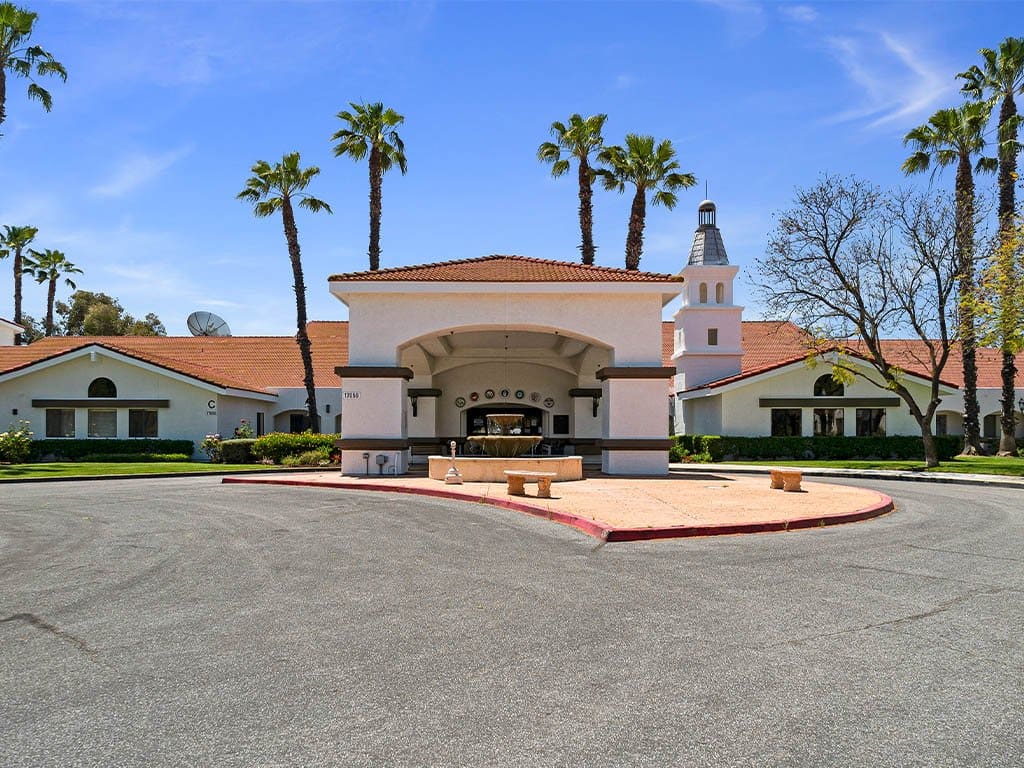When you think about senior apartments, you might picture a community solely for retirees, but that’s not the whole story. At Westmont Village Homes, these spaces often cater to active adults aged 55 and older, including those still working or seeking a low-maintenance lifestyle. You may be surprised that some senior living communities, including Westmont Village Homes, even welcome younger residents. Understanding eligibility and benefits can open up possibilities you haven’t considered before. What other factors should you keep in mind when exploring this housing option?
Understanding Senior Apartment Eligibility
When considering a senior apartment, it’s vital to understand the eligibility criteria that can vary by community. Many people wonder, “Are senior apartments only for seniors?” The answer is more nuanced than you might think.
While most communities set an age requirement, typically at 55 years or older, they often welcome active individuals who may still be in the workforce or seeking to simplify their living arrangements.
These apartments are designed to support a low-maintenance lifestyle, making them ideal for empty nesters or those looking to downsize. Features like single-floor living, wide doorways, and accessibility enhancements cater to residents’ comfort and mobility.
However, it’s important to note that not every community is the same. Some may offer specific programs or guidelines that support younger adults, while others strictly adhere to age restrictions.
Understanding these factors is significant for finding the right fit for you or your loved one. By exploring the eligibility requirements, you can make informed decisions prioritizing comfort, community, and independence, ensuring everyone feels welcome in their new home. Additionally, many independent living communities emphasize social connection, which can enhance the overall experience for residents of all ages.

Key Benefits of Senior Living
Finding the right senior apartment is the beginning of the journey toward a fulfilling lifestyle. One key benefit of senior living is the maintenance-free lifestyle it offers. With management taking care of upkeep, you can enjoy activities that matter to you instead of worrying about repairs or yard work.
Another advantage is enhanced security. Living in a community with close neighbors and additional safety measures can provide peace of mind. Plus, without the burden of a mortgage, you can free up equity, allowing for greater financial flexibility.
Many senior apartments near me also include amenities like gyms and recreational areas, promoting a healthier, more active lifestyle. Additionally, the community atmosphere fosters social interaction, helping you build meaningful relationships with fellow residents. Residents forge meaningful connections with fellow residents, ensuring you find it’s not just about living in a space; it’s about creating a vibrant community where you feel connected.
These benefits make senior living an appealing choice for those looking to downsize or relocate closer to family. Senior living ensures that you enjoy life to the fullest in a supportive environment.
Cost Analysis of Senior Apartments
Maneuvering the costs of senior apartments can feel overwhelming, but understanding the financial landscape can help you make informed decisions. For individuals considering senior housing age 50 and older, monthly rent varies considerably based on location and amenities.
It’s vital to account for additional expenses like renter’s insurance, utilities, and any special features offered. While some senior apartments can have rents exceeding those of traditional mortgages, they often come with benefits that provide financial flexibility, such as no property taxes and reduced maintenance costs.
Downsizing can also release equity, strengthening your financial position. Keep in mind that fewer amenities lead to lower expenses, so weigh the options to find what best fits your needs.
It’s essential to compare costs with independent and assisted living options, as senior apartments typically offer a more affordable choice for independent living. Additionally, exploring government assistance programs can provide valuable resources to help cover living costs. Finally, don’t hesitate to explore financial assistance options available through various senior services, ensuring you find the best fit for your lifestyle and budget while maintaining your independence.
Comparing Independent and Assisted Living
As you explore your options for senior living, it’s essential to understand the differences between independent and assisted living.
Independent living typically offers a maintenance-free lifestyle in senior apartments, which are designed primarily for active seniors aged 55 and older. You’re responsible for your daily living activities, including meal preparation and medical care management. This option is great if you value autonomy and prefer to maintain control over your routines.
On the other hand, assisted living provides additional support for residents who may need help with daily tasks, such as bathing, medication management, or mobility assistance. In this environment, you’ll find regular access to caregivers and structured activities suitable for those requiring more extensive care. Assisted living facilities focus on personalized health care plans to meet each resident’s needs.
When considering whether senior apartments are only for seniors in California, remember that independent living caters to a broad spectrum of active seniors. In contrast, assisted living is tailored for those needing extra help.
Ultimately, your choice should reflect your personal care needs and lifestyle preferences, ensuring you find the right fit for your unique circumstances.
Common Questions About Senior Housing
Maneuvering the world of senior housing can raise several questions, especially when considering the best fit for your lifestyle and needs.
You might wonder, “Are senior apartments only for seniors near me?” The answer is no; these apartments cater primarily to those aged 55 and up and are not exclusively for retirees. Many residents still work and enjoy an active lifestyle.
Here are some common questions you might have:
- What amenities do senior apartments offer? Many provide low-maintenance living, security features, and community spaces to foster social interaction.
- Can I bring my pet? Policies vary by location, but many senior apartments are pet-friendly, allowing you to keep your furry companions.
- What’s the age requirement? Typically, you must be at least 55, but it’s best to check with specific apartments for their rules.
To summarize, senior apartments at Westmont Village Homes aren’t just for retirees; they cater to a vibrant community of active individuals aged 55 and up. Did you know that nearly 70% of seniors prefer to live independently? This highlights the appeal of low-maintenance living environments that foster social connections and allow for an engaging lifestyle. Whether you’re still working or enjoying retirement, these apartments can be a fantastic option, providing comfort and a sense of belonging. For more information, feel free to call us at 951-697-2060.
Dive into the vibrant life our Westmont communities have to offer.Find Where You Belong
Frequently Asked Questions on Senior Living in California
- Can non-seniors live in senior apartments in California?
By federal housing laws, senior apartments in California are typically age-restricted to individuals 55 and older. However, there are exceptions, and younger individuals, such as caregivers or spouses under the age limit, may be allowed to live in senior apartments if they meet specific criteria. - What is the youngest age for senior living?
The youngest age for senior living generally starts at 55, as many senior living communities and housing options are designated for individuals 55 and older. However, depending on their policies and the type of housing offered, some communities may require residents to be 62 or older. - What is the cheapest way for a senior to live?
Low-income senior housing, subsidized by government programs like Section 202 or public housing assistance, is often the most affordable living option for seniors. Other cost-saving options include shared housing arrangements, co-housing communities, or living with family members. - How do you qualify for senior housing in California?
To qualify for senior housing in California, you must meet the minimum age requirement (55 or 62, depending on the property) and demonstrate financial eligibility for low-income options. Some communities may also have health or care needs assessments for assisted living or memory care facilities.








